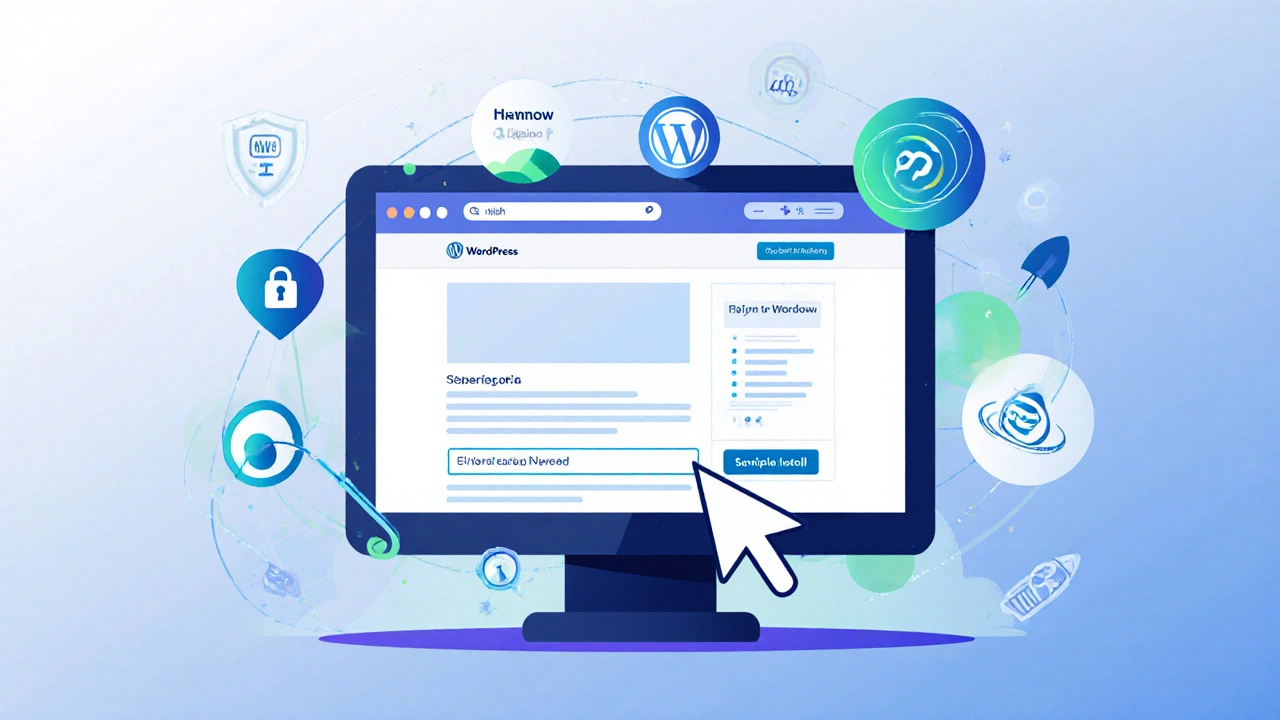When you start a blog, the biggest hurdle is often figuring out where to begin. You might wonder which platform to choose, how to plan your first post, or what tricks will help you attract readers fast. This guide walks you through every decision point, from picking a niche to publishing your very first article, so you can launch with confidence and avoid common setbacks.
What a Blog Actually Is
Blog is an online journal where individuals or brands publish articles, tutorials, and personal stories on a regular basis. Unlike static websites, a blog grows with each new entry, letting you build authority, engage a community, and eventually monetize your expertise.
Choose a Niche That Fits Your Passion and Audience
The first job you need to accomplish is defining who you’ll write for. A clear niche helps with keyword research, SEO, and audience loyalty. Ask yourself:
- What topics do I enjoy talking about every day?
- Is there a gap in existing content that I can fill?
- Who would benefit most from my perspective?
For example, if you love sustainable cooking, a niche like "eco‑friendly recipes for busy families" narrows down your focus and makes it easier to rank for specific queries.
Pick the Right Blogging Platform
Your platform is the foundation on which every post sits. Below is a quick comparison of the most popular options for beginners.
| Platform | Cost (first year) | Customization | Ease of Use | Monetization Options |
|---|---|---|---|---|
| WordPress.org | £45 (hosting + domain) | High - thousands of themes & plugins | Medium - needs basic setup | Ads, affiliate, products, memberships |
| WordPress.com | Free‑to‑£120 (premium) | Low - limited themes | High - one‑click install | Ads (Premium), subscriptions |
| Medium | Free | Very low - uniform design | Very high - just sign‑up | Partner program, paid memberships |
| Substack | Free (takes 10% of revenue) | Low - newsletter‑focused | High - minimal setup | Paid newsletters, sponsorships |
If you want full control and plan to scale, WordPress.org is usually the best pick. For ultra‑quick launches with minimal tech, Medium works well.
Set Up Your Blog in Six Simple Steps
- Register a domain name that reflects your niche (e.g., eco‑cooking.co.uk).
- Choose a reliable host; for WordPress.org, providers like SiteGround or Bluehost offer one‑click installs.
- Install your platform (WordPress, Medium, etc.). Follow the host’s guide - it usually takes under 10 minutes.
- Select a theme that matches your brand. Prioritize readability and mobile‑friendliness.
- Configure essential plugins: SEO (Yoast SEO), security (Wordfence), and speed (WP Rocket).
- Create core pages - About, Contact, and a simple Privacy Policy.
After these steps, your blog will be live and ready for content.

Plan Your Content Strategy with a Calendar
Consistency beats perfection. A Content calendar lets you map topics, assign publishing dates, and track progress. Use a free Google Sheet or tools like Trello:
- Column A - Publish date
- Column B - Post title (target keyword)
- Column C - Content type (how‑to, list, interview)
- Column D - Status (idea, drafting, scheduled)
Start with a 4‑week plan: two posts per week, covering short‑tail and long‑tail keywords.
Do Keyword Research - The Backbone of SEO
Before writing, discover what people type into search engines. Free tools like Ubersuggest or the Google Keyword Planner reveal search volume, competition, and related queries. Follow this quick workflow:
- List 5‑10 seed ideas based on your niche.
- Enter each seed into the keyword tool; note keywords with 500‑5,000 monthly searches and low competition.
- Group similar keywords into content clusters (e.g., "vegan meal prep", "zero‑waste kitchen").
- Assign one primary keyword to each planned blog post.
Embedding the primary keyword in the title, first paragraph, and a sub‑heading improves ranking chances.
Write Your First Post - From Draft to Publish
Now that you have a topic and keyword, it’s time to create the content. Follow this proven structure:
- Hook: Start with a surprising fact or question that speaks directly to the reader’s pain point.
- Introduce: Briefly state what the post will cover and why it matters.
- Body: Break the topic into 3‑5 sub‑sections, each with a clear SEO‑friendly sub‑heading (H3). Use short paragraphs, bullet points, and real‑world examples.
- Conclusion: Summarize key takeaways and include a call‑to‑action-ask readers to comment, download a free checklist, or subscribe.
Keep the tone conversational, avoid jargon, and aim for 1,200‑1,500 words for a comprehensive guide.

Promote Your Blog and Grow an Audience
Publishing is only half the battle. Use these tactics to attract traffic:
- Share the post on social platforms (Twitter, LinkedIn, Instagram) with an eye‑catching image.
- Reach out to 3‑5 niche influencers and ask for a shout‑out or a backlink.
- Join relevant Facebook groups or subreddits and provide value before linking to your post.
- Repurpose the article into a short video or a podcast episode to capture different audiences.
Track results with Google Analytics: watch for page‑views, average time on page, and bounce rate. Adjust your promotion strategy based on what drives the most engaged visitors.
Monetize Once You Have Consistent Traffic
When you start seeing 500+ monthly visitors, you can explore basic Monetization options:
- Affiliate links for products you genuinely use.
- Display ads through Google AdSense or Mediavine (requires 10,000+ page‑views/month).
- Sell a downloadable ebook or checklist that expands on a popular post.
- Offer freelance services (writing, consulting) linked to your expertise.
Remember: quality content should always come first; monetization works best when readers trust you.
Key Takeaways
- Define a clear niche before you write anything.
- Choose a platform that matches your technical comfort and growth goals.
- Use a content calendar and keyword research to stay organized and SEO‑friendly.
- Follow a simple post structure: hook, body, conclusion, CTA.
- Promote via social, outreach, and repurposing; monetize once traffic stabilizes.
Frequently Asked Questions
Do I need technical skills to use WordPress.org?
No. WordPress offers one‑click installers from most hosts. Basic tasks like installing a theme or plugin require only a few clicks. You can learn more advanced tweaks later as your blog grows.
How often should I publish new posts?
Consistency matters more than volume. Aim for at least one high‑quality post per week. If you can sustain two, even better; just keep the schedule realistic for you.
Can I switch platforms after launching?
Yes, but it takes effort. Export your content as an XML file, then import it into the new platform. Preserve URLs via 301 redirects to avoid losing SEO value.
What’s the fastest way to get my first 100 visitors?
Publish a highly‑targeted, long‑tail post (e.g., "how to make zero‑waste pasta sauce"). Share it in 3‑5 niche groups where the topic is discussed, and ask members for feedback. The specificity drives organic clicks quickly.
Do I need a privacy policy for a personal blog?
In the UK and EU, GDPR requires a privacy notice if you collect any personal data (comments, newsletter sign‑ups). Use a free template and customize it with your site’s details.






Written by Arjun Mitra
I am an IT consultant with a keen interest in writing about the evolution of websites and blogs in India. My focus is on how digital spaces are reshaping content creation and consumption. I aim to provide insights and strategies for those looking to thrive in the digital landscape.
All posts: Arjun Mitra